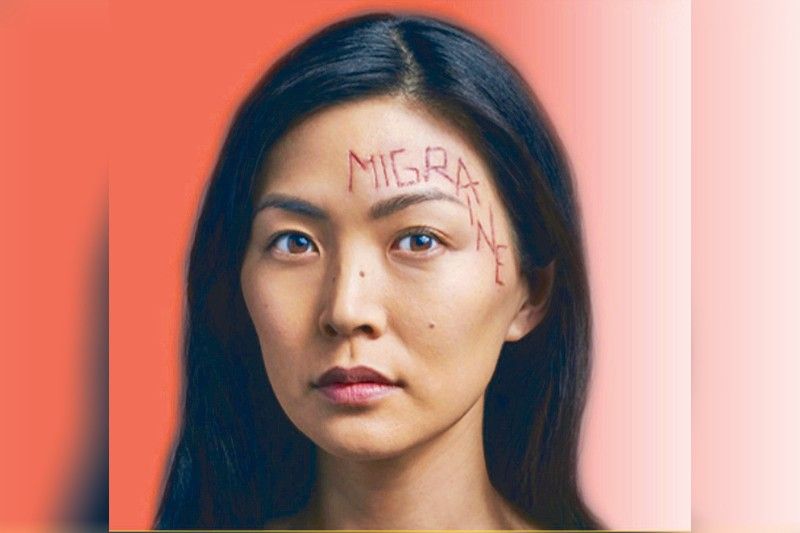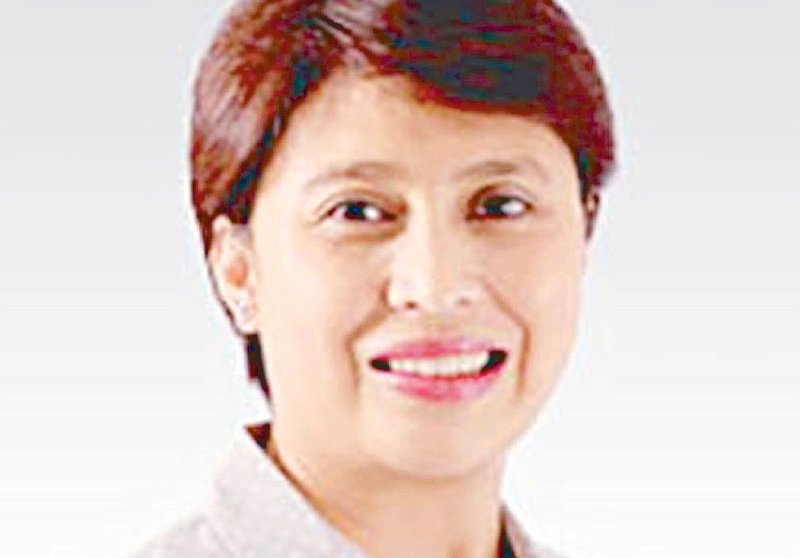COVID-19 can manifest as a headache


Did you know that COVID-19 can manifest as a headache? However, it is only present in 14 percent of COVID-19 patients. “And most often, patients show the other most common symptoms like fever and dry cough,” clarified Dr. Corina A. Macalintal, consultant neurologist at Asian Hospital and Medical Center, during “Tama Na: Iwas Migraine, New Normal,” a virtual media briefing organized by Novartis Healthcare Philippines.
The good news is that migraine doesn’t increase the risk of COVID-19.
What’s more alarming though is that stress and anxiety induced by the COVID-19 pandemic are impacting migraine sufferers around the world.
“Migraine sufferers may grow anxious due to the overlap of migraine and COVID-19 symptoms,” explained Dr. Macalintal. “Migraine attacks may be common these days because of stress and anxiety caused by the pandemic.”

Migraine is a type of headache disorder that involves recurrent attacks of moderate to severe head pain, which is typically throbbing, often on one side of the head and associated with nausea, vomiting and sensitivity to light and sound.
While it’s important for migraine patients to consult a neurologist, this pandemic prevents them to do so for fear of contacting the virus.
“Instead, what they normally do is treat the symptoms with regular analgesics. Although these over-the-counter pain relievers — mefenamic acid and paracetamol — are often the first line of treatment in migraine, Dr. Macalintal stressed that there are abortive therapies that are specific for migraine.
“That’s why it’s very important for migraine patients to consult a neurologist as migraine management is individualized, depending on the patient’s other health concerns and different reactions to medications,” added Dr. Macalintal.

Identify what triggers your migraine
To help manage migraine, patients are encouraged to identify their triggers and try to avoid them.
TV host and model Bianca Gonzalez, who was diagnosed with migraine when she was three years old, shared that bright lights and loud sounds are triggers for her.
“It’s very difficult to be a migraine sufferer,” Bianca said. “My worst migraine attacks lasted for three days. I was so worried at one point that I had another contrast CT scan just to check if there was something in my head that caused severe pain. Thankfully, everything was clear.”
It also doesn’t help that Bianca’s migraine triggers usually come when she’s at work.
“And so during hosting gigs, I have to take strong medicine and take a nap backstage before showtime, so I could ease my migraine headache and be able to perform my role as a host.”
During the quarantine period, Bianca was religiously logging her migraine attacks and saw the pattern.
“Thank goodness I’m having less migraine attacks during this quarantine. I guess it’s because I wasn’t exposed that much to the triggers since work is temporarily halted,” she added.
It is important for patients to monitor their migraine with available tools such as the Migraine Buddy, an advanced migraine headache diary and tracking app designed with neurologists and data scientists. The Migraine Buddy app is available on the App Store and Google Play.
Bianca is also grateful to her husband JC Intal for supporting her whenever she gets migraine attacks. She also thanks other migraine sufferers who express their support whenever she posts on social media.
“It’s a huge help knowing that I am not alone in coping with this debilitating disease,” Bianca said as she urged people who suffer from terrible headaches and suspect migraine to consult a doctor.
“You can consult a doctor online during this community quarantine. Your doctor will determine which treatment is right for you,” she shared.
According to Dr. Macalintal, patients should exercise caution on medication overuse, which can further cause headache.
There are pharmacological and non-pharmacological treatment options for migraine management.
“Migraine patients and their neurologists should discuss treatment goals, which should not be limited to stopping the headache attack but also to prevent recurrence,” the lady doctor explained. “Newer treatment options on preventive management address recurrence and other limitations of oral medications.”

The doctor is — online!
The limitations imposed by the COVID-19 pandemic have impacted patients globally including migraine sufferers. To cope with the limitations, Dr. Rosalina Espiritu-Picar, president of the Philippine Neurological Association (PNA), encouraged migraine patients who are stable and do not require acute emergency care to utilize telemedicine tools so that they can stay connected with their doctors.
“The PNA is actually one of the first medical societies that answered the need for neurological tele-consultation. We came up with guidelines even before the government did,” enthused Dr. Picar.
The PNA has drafted telemedicine guidelines that all of its members follow to ensure the safety and privacy of both patients and doctors.
To find a neurologist anywhere in the country and for a list of neurologists accepting telemedicine consultations, patients are encouraged to visit the official PNA website at www.philippineneurologicalassociation.com or call the trunkline of the hospital nearest them to ask for a neurologist.
Telemedicine tools are a practical alternative to enable doctor-patient interaction while maintaining social distancing and complying with community quarantine protocols.

Reimagining migraine care
Around 12 million Filipinos suffer from migraine. However, despite its prevalence, migraine remains unrecognized and under-treated with more than 40 percent of individuals going undiagnosed.
“Novartis is committed to reimagin migraine care,” enthused Jugo Tsumura, president and managing director of Novartis Phils. Inc. “Through patient support and education, we empower people with migraine to better understand their condition and seek the right treatment options.”
In line with its commitment to reimagine migraine care, Novartis has developed Erenumab, the first drug of its kind to be approved by the US FDA, EMA, Swissmedic and Australian TGA for the prevention of migraine.
“Erenumab specifically targets the calcitonin gene-related peptide or CGRP receptor, which plays a key role in the pathophysiology of migraine. It has been shown to safely and effectively reduce migraine frequency, allowing patients to have more migraine-free days,” said Dr. Giovell Barangan, chief scientific officer, Novartis Healthcare Philippines.
This innovation in anti-migraine medicine is self-administered once monthly via a pre-filled syringe. It does not require a loading dose and is easy to use. Erenumab has been launched in 43 other countries and is now available in the Philippines.
“Migraine is something that we can treat together. We can manage it together, especially if you are diagnosed correctly and managed correctly,” enthused Dr. Picar.
* * *
To learn more about migraine and join the conversation with fellow migraine sufferers, visit the Speak Your Migraine Facebook page at https://www.facebook.com/speakyyourmigraineph.



















